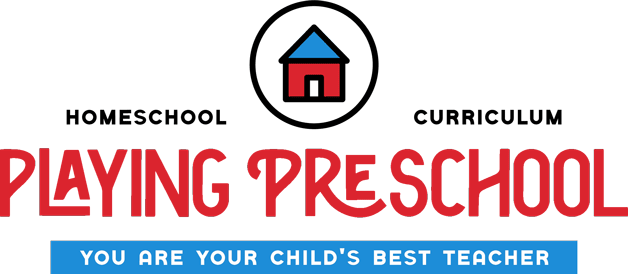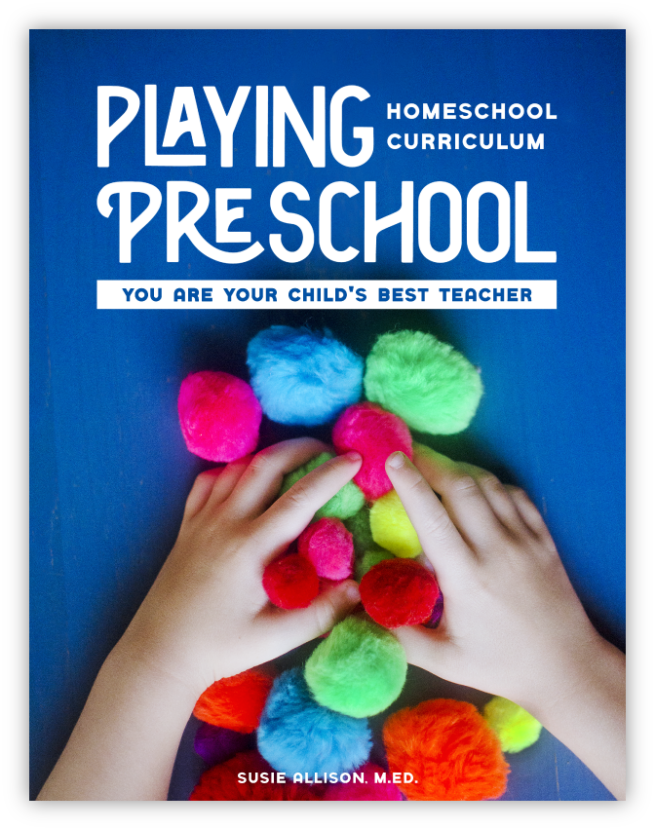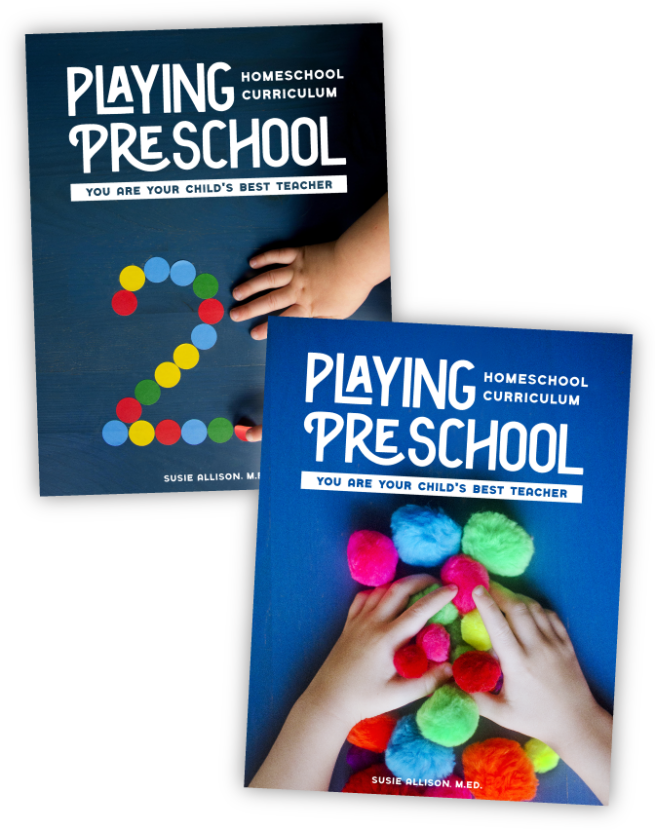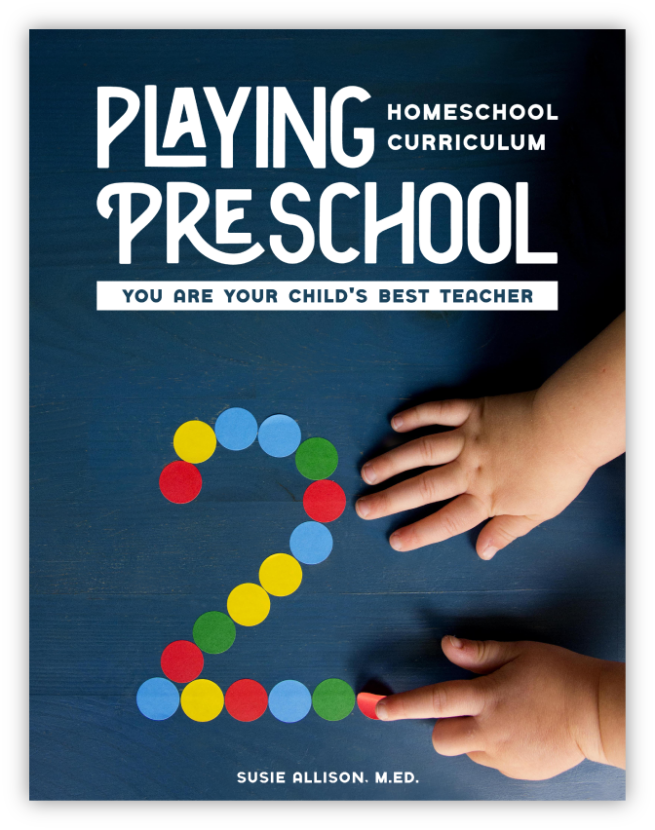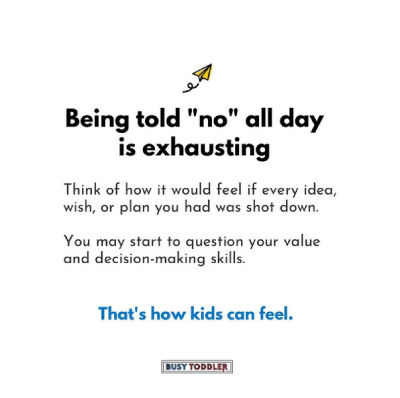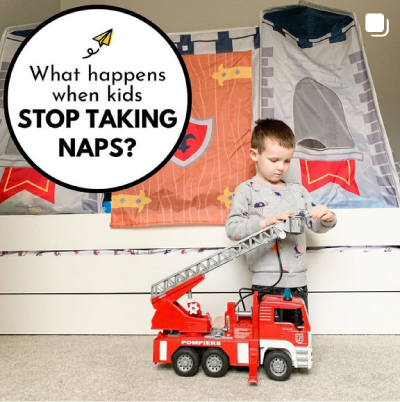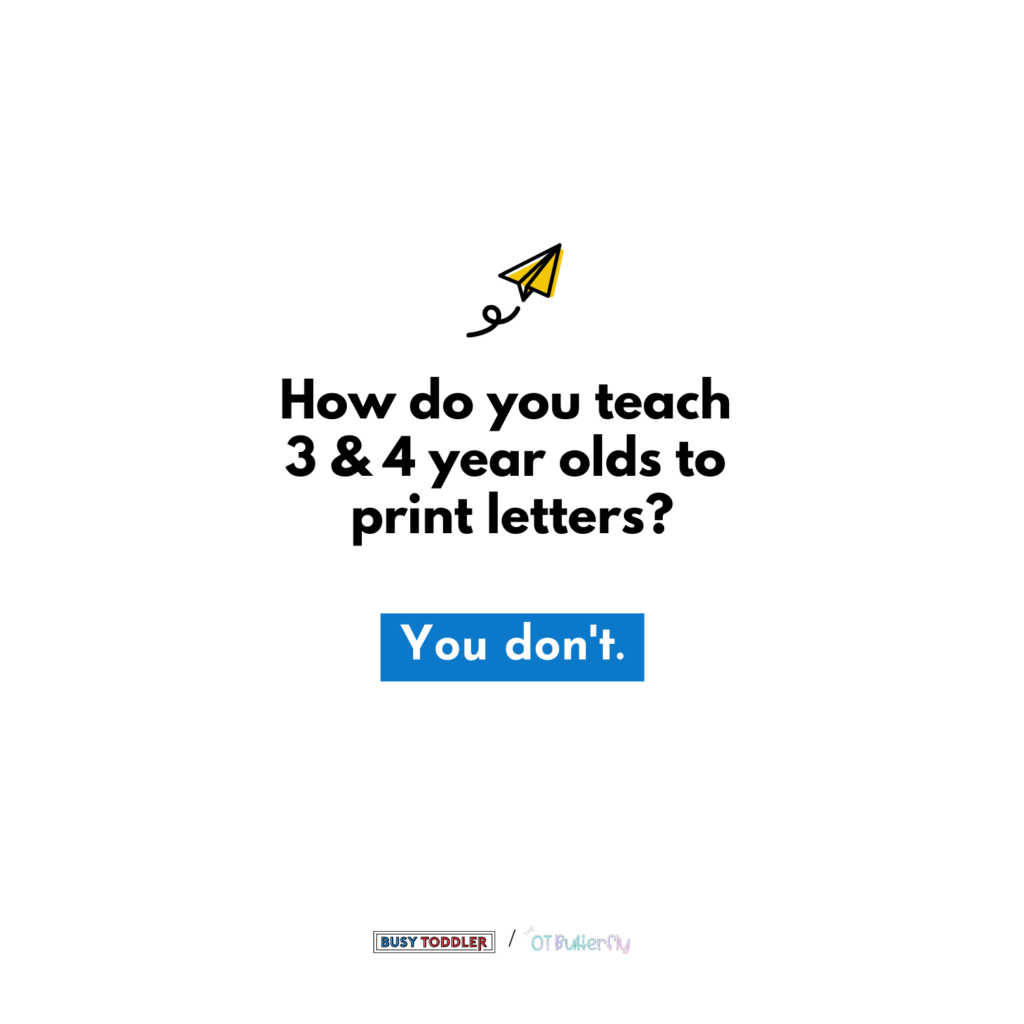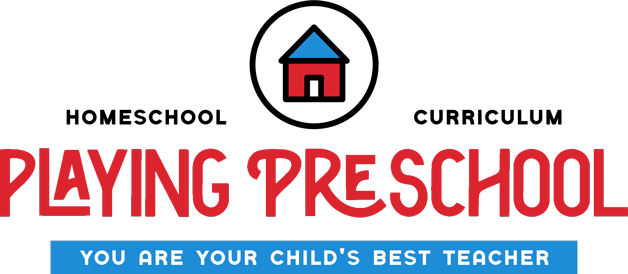Meet Playing Preschool
Meet Playing Preschool: The best homeschool preschool curriculum. Playing Preschool provides families with a new way to do preschool at home using a hands-on, play-based method of learning. This simple program helps make homeschool preschool successful with in-depth guidance and step-by-step lesson plans.
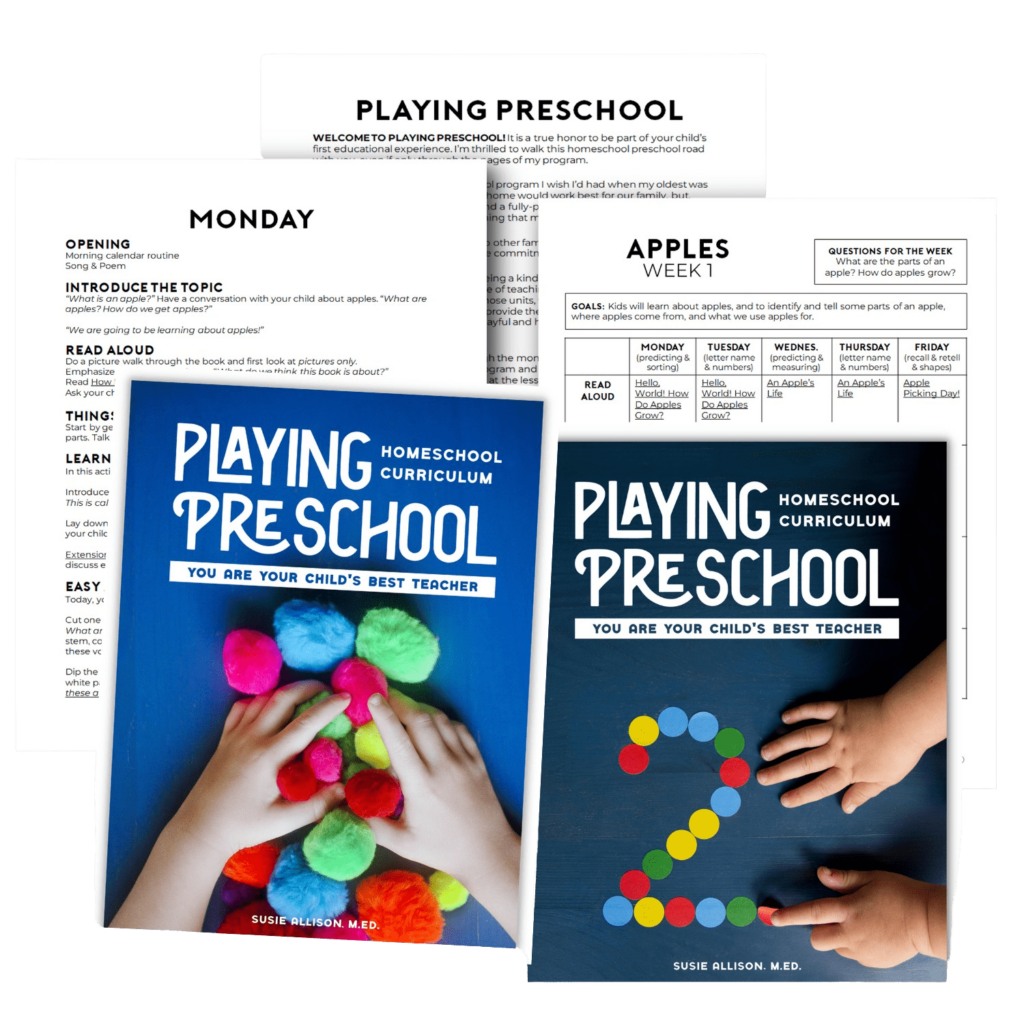

What are you teaching your child today?
Do you ever wish you had a blueprint for what to do with your preschooler each day?
What if someone could tell you what to teach, which books to read, what conversations to have, and which activities to try?
No more flying by the seat of your pants.
No more making it up as you go.
No more worrying your child isn’t learning.
Your answer is here: Welcome to Playing Preschool.
What is Playing Preschool?
Meet Playing Preschool: the best homeschool preschool curriculum that will change the way you think about early childhood education.
Each year of Playing Preschool includes 190 days of lessons, broken into 19 units of homeschool preschool. That’s five pre-planned lessons each week for 38 weeks, just like traditional school. This is preschool made easy: sequenced, hands-on activities in a simple daily lesson plan. Playing Preschool combines reading, math, science, and art into a curriculum that’s as fun and entertaining as it is educational.
Even better? Playing Preschool comes without the pressure, commitment, or financial burden of traditional preschool.
Exploring the Targeted Skills in Playing Preschool
Playing Preschool Years 1 & 2 introduces children to a variety of topics and skills, specifically selected to form a foundation for future learning. These foundational learning skills build background knowledge and experiences to support developing brains.
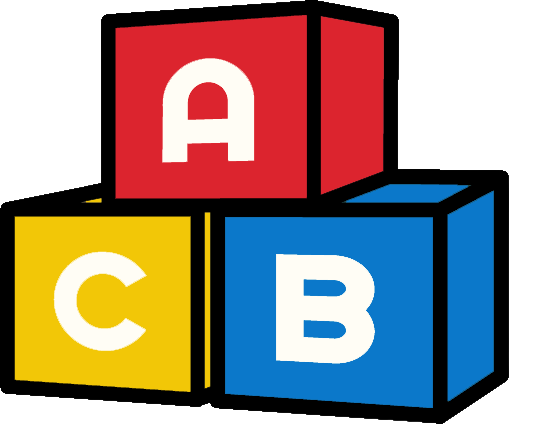
Alphabet Knowledge
Rather than focusing on memorization, the emphasis is on phonemic awareness, growing deep relationships with the alphabet, and seeing letters as building blocks of words.
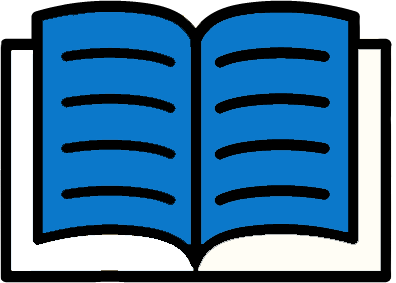
Comprehension Skills
The curriculum targets comprehension skills aimed at helping kids understand what has been read through predicting, classifying, and answering questions.
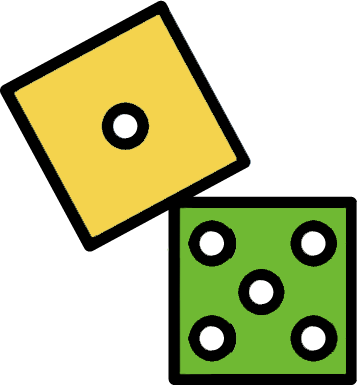
Number Sense
Playing Preschool takes number sense beyond counting and explores quantity, subitizing, joining numbers, and understanding the ways numbers are used.
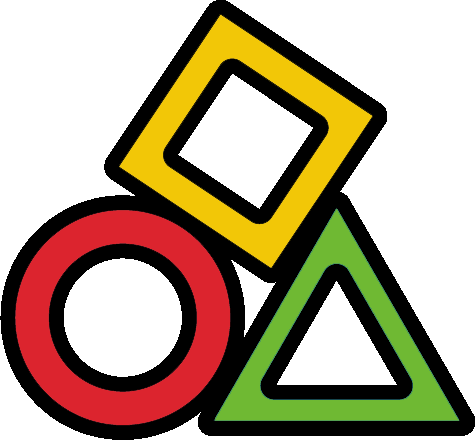
Math Skills
In addition to number sense, Playing Preschool explores other important mathematical concepts like graphing, measuring, sorting, geometry, and patterns.
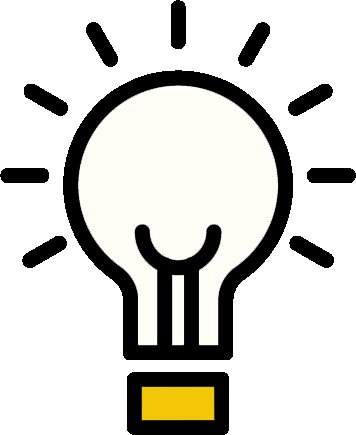
Recall & Retell
Understanding how to recall information and retell it in sequence is used across school subjects, from writing to reading to science. Playing Preschool develops this skill.
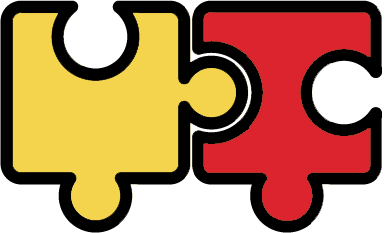
Life Skills
Playing Preschool allows children space to develop a variety of skills that will be used throughout their life, such as pouring, scooping, measuring, and gluing.
Playing Preschool Focuses on Experience and Exposure
Playing Preschool introduces topics that will support your child’s overall knowledge and development, such as exploring the five senses, understanding relationships in systems, and even grasping the plant life cycle.
A primary goal of Playing Preschool is to build your child’s background knowledge and broaden their foundation for learning. Playing Preschool exposes kids to various ideas and skills that will stay with them throughout their lives. As children develop skills in language patterns, numeracy, and phonemic awareness, they’re also building lifelong knowledge about types of weather, properties of matter, and animal classifications.
It is critical for children to learn about the world around them in addition to school-based skills like number sense and letter recognition. Playing Preschool emphasizes this balance.
Unit Themes for Playing Preschool
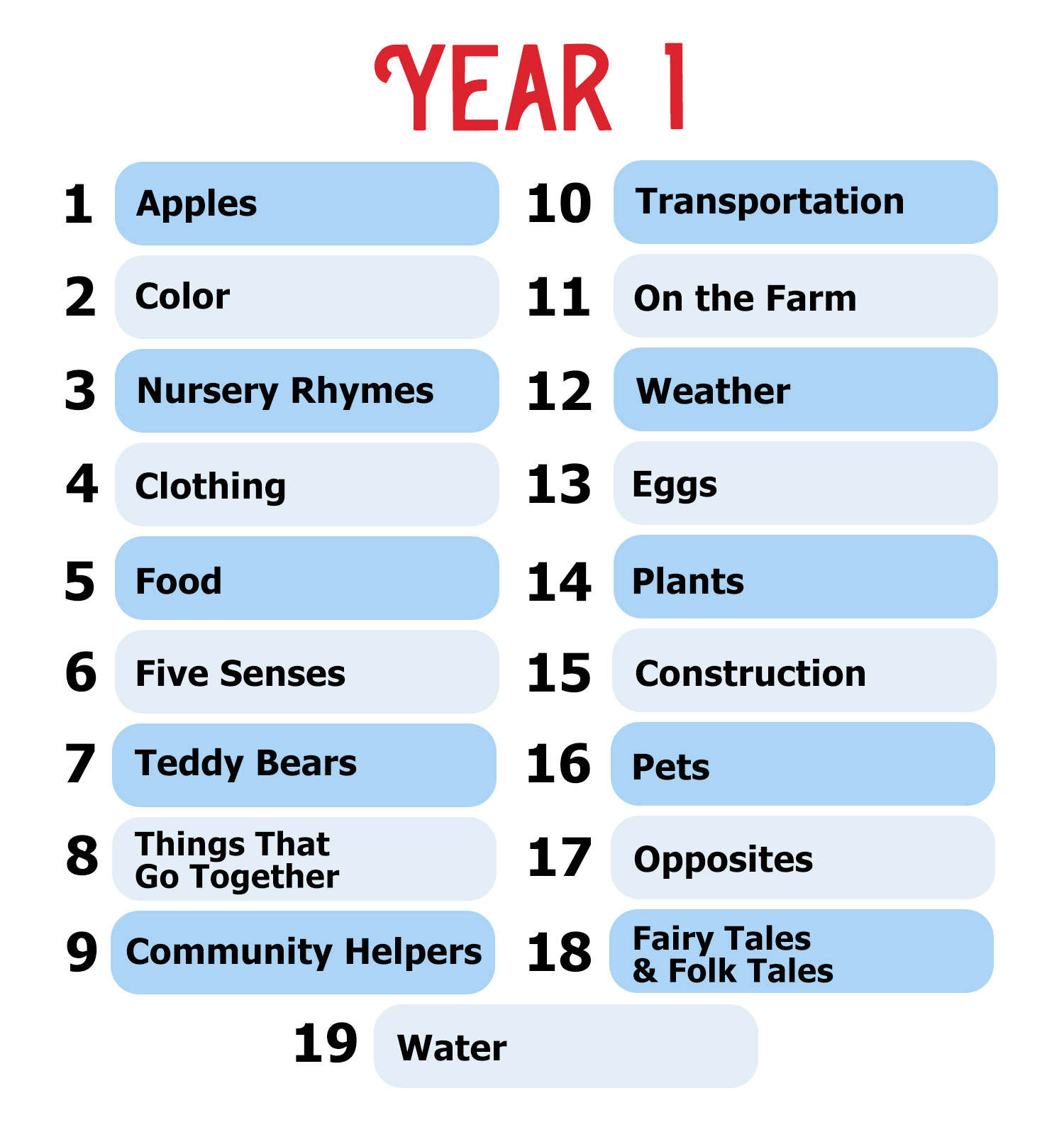
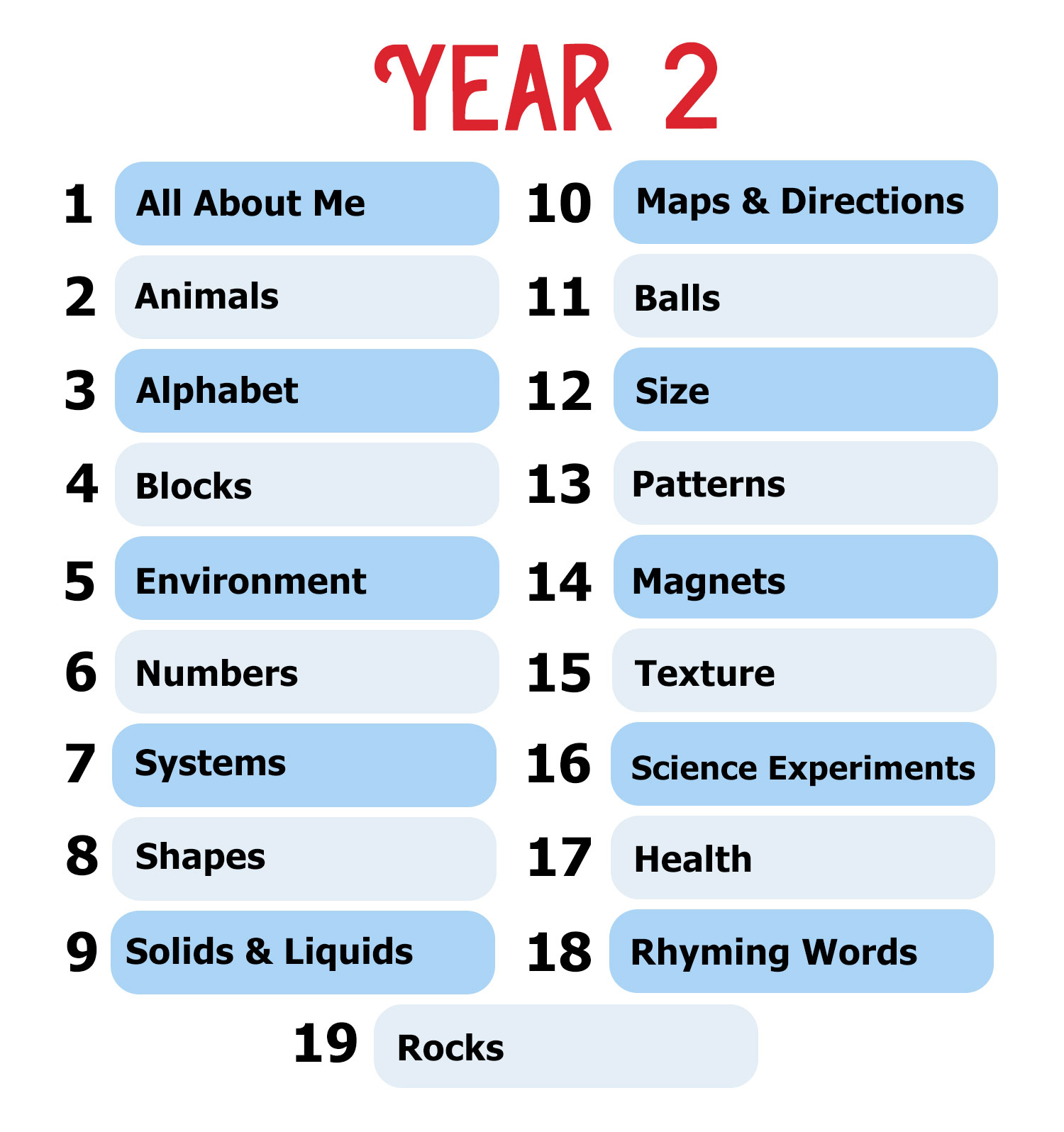
An Overview of the Preschool Program
Each year of Playing Preschool consists of 19 units spanning 38 weeks, 26 alphabet letters, and 190 days.
Playing Preschool Years 1 & 2 are built upon 19 thematic units, with each unit lasting for two weeks. A homeschool preschool day in the Playing Preschool program includes two simple activities, suggested picture books to complement the theme, and questions to ask your child to prompt meaningful conversations.
But these are not traditional activities or complicated lesson plans.
They are highly engaging.
They are easy to set up.
They use minimal supplies.
You’ll also find weekly overviews and daily lesson plans in this 300+ page program. These are lessons written and scripted to help you find confidence and success at teaching.
They are structured: Each day follows a predictable pattern.
They are planned: Every day is mapped out for you.
They are sequential: These aren’t random activities. The skills in each lesson grow and develop along with your child.
In addition to the actual curriculum, Year 1 includes a 20+ page “Start-Up Guide” where you’ll receive relevant background to understand how Playing Preschool works and get you ready to teach it to your kids. Year 2 includes a 20+ page “Introduction to Learning Guide” where you’ll get information on teaching the program, school readiness support, and additional teaching strategies.
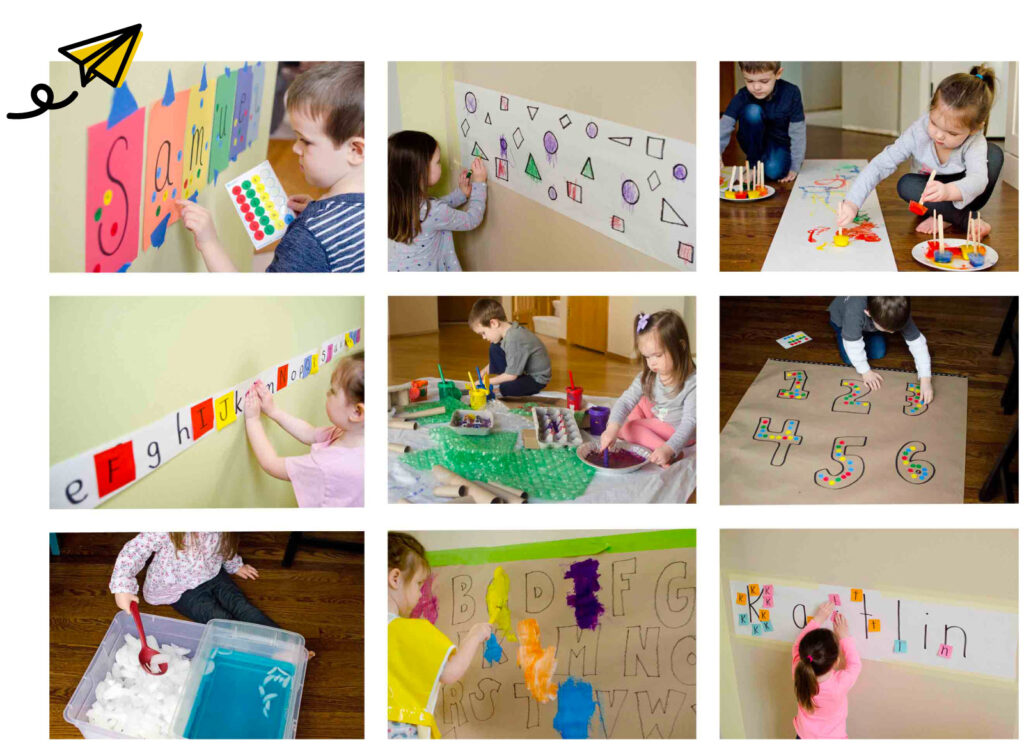
A Look Inside the Program
The thoughtful creation and design make Playing Preschool stand out over other homeschool preschool programs that lack details to adequately support parents in their teaching. Whether you’ve taught before or not, Playing Preschool is designed to help you succeed.
Each year is broken into 19 units.
Each unit is two weeks long.
Each week is five days of learning activities.
Unit introduction

Units begin with a brief explanation to orient the parent-teacher with the unit theme, relevant supply list, and suggested books.
Weekly overview
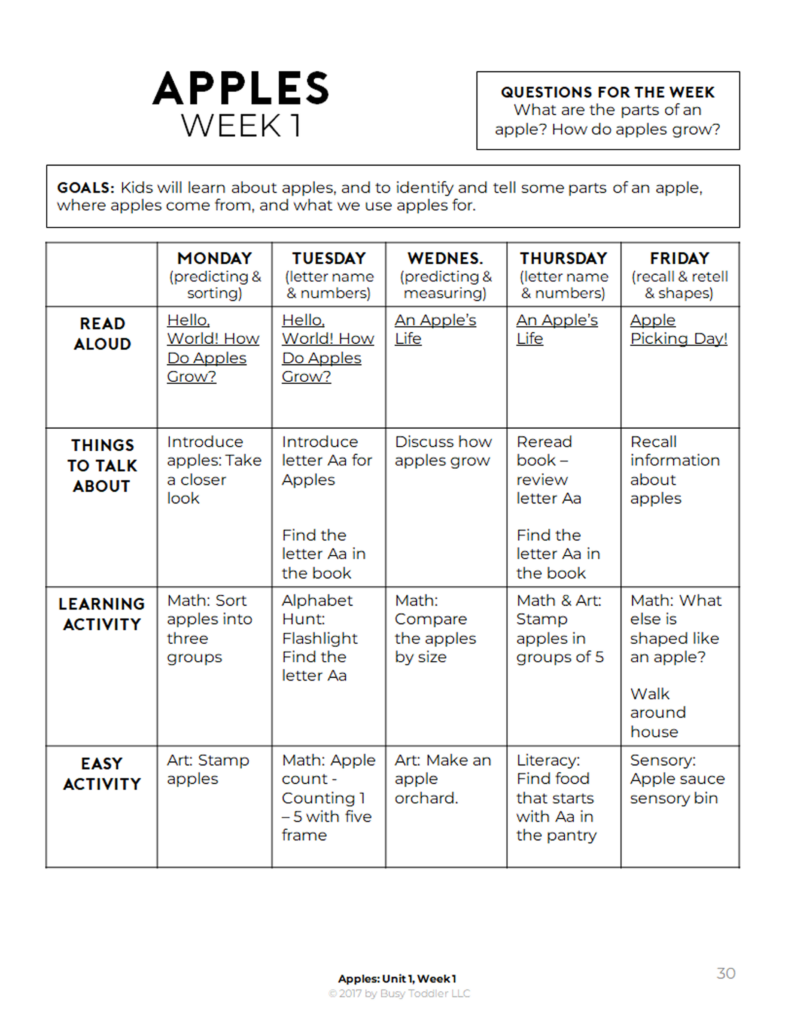
A clearly laid out weekly overview highlights the guiding questions, learning goals, and the week’s lessons.
Daily Lesson Plan
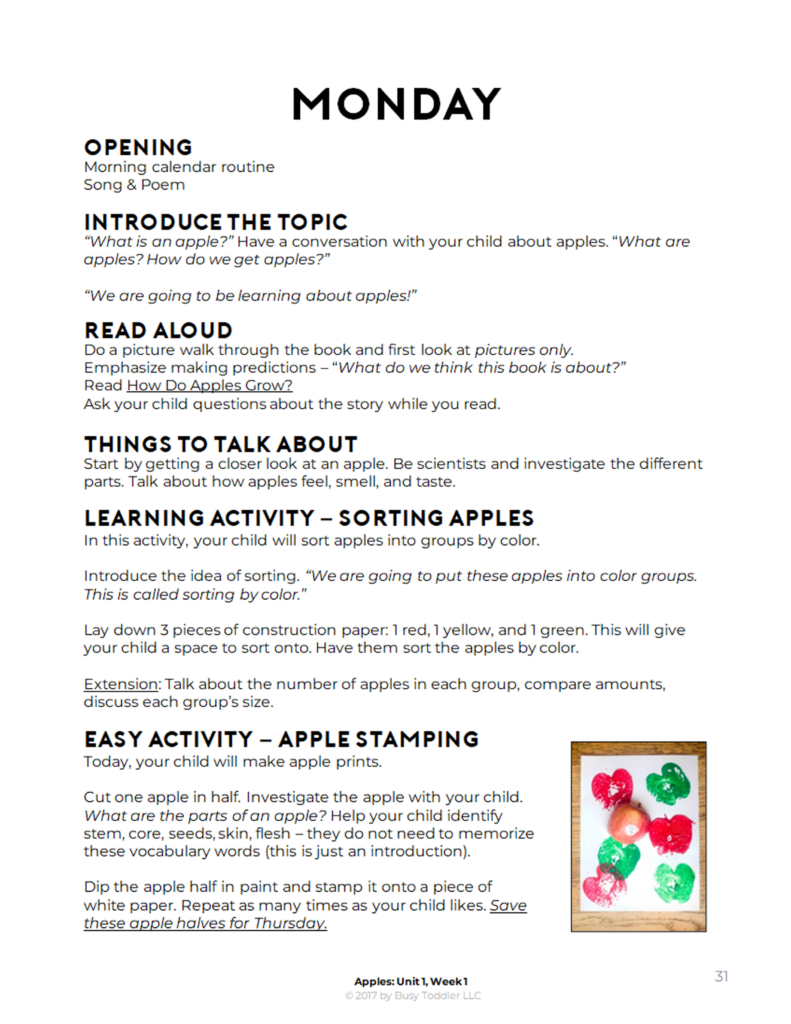
Designed to be easy to read and implement, each lesson plan follows a predictable routine with clear directions for teaching.
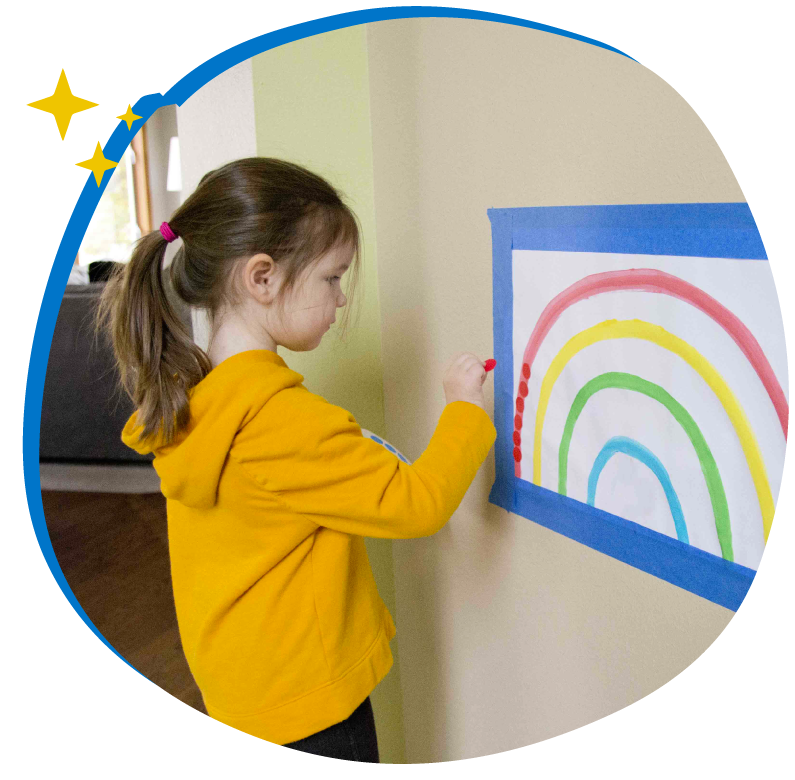
A Different Kind of Homeschool Preschool
Playing Preschool is not a traditional homeschool preschool curriculum.
This program was designed to be something you can do quickly – each day should only take 45 minutes to 1 hour to complete. Don’t have time for that? Break it up into small increments throughout the day (the program is flexible!).
Playing Preschool can be done with an older child while your baby naps. It can be done with a baby on your hip. It can be done all throughout the day in short 5-minute bursts. It can be done in a playroom, in a school room, or on the floor of your family room.
It can also be done with more than one of your children at the same time. Playing Preschool works for siblings of varying ages and developmental levels. Its flexible nature will easily meet your family’s needs.
Here is What a Typical Day in Playing Preschool Looks Like:
- Start each day with a morning calendar routine, selected song, and poem.
- Read a book perfectly paired with the unit’s theme.
- Have a conversation about the book and the theme, guided by specific questions and discussion prompts.
- Complete an activity together designed to target a specific skill.
- Set up a quick & easy themed activity that the child can typically work through independently.
Playing Preschool is built on routines. Each day follows this order of events to help give confidence to you as the teacher and to the child as the student. Kids thrive on routine. Having a predictable daily routine only adds to the success of Playing Preschool.
What Age is Playing Preschool For?
Playing Preschool Year 1 is for children between the ages of two and a half and five years old. Some children will be ready for this step in learning at the younger end of this age range, while others not until they are older. You are the best person to determine when your child is ready to begin Playing Preschool.
Playing Preschool is incredibly open-ended, designed to meet the needs of a wide range of children. When I wrote Year 1, my kids were two and a half and four years old. Both of my children loved these activities, and both of them learned so much from this program.
Lessons also come with extensions and “add-ons” to lessons, making it simple for you to bump up the challenge level if you think your child is ready for more.
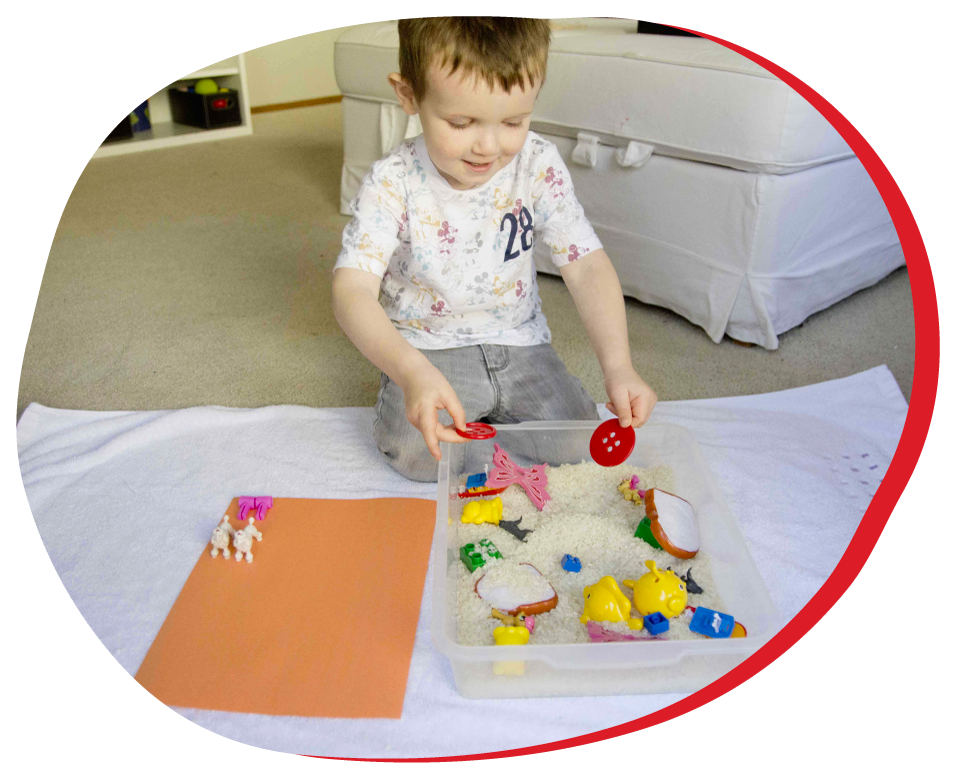
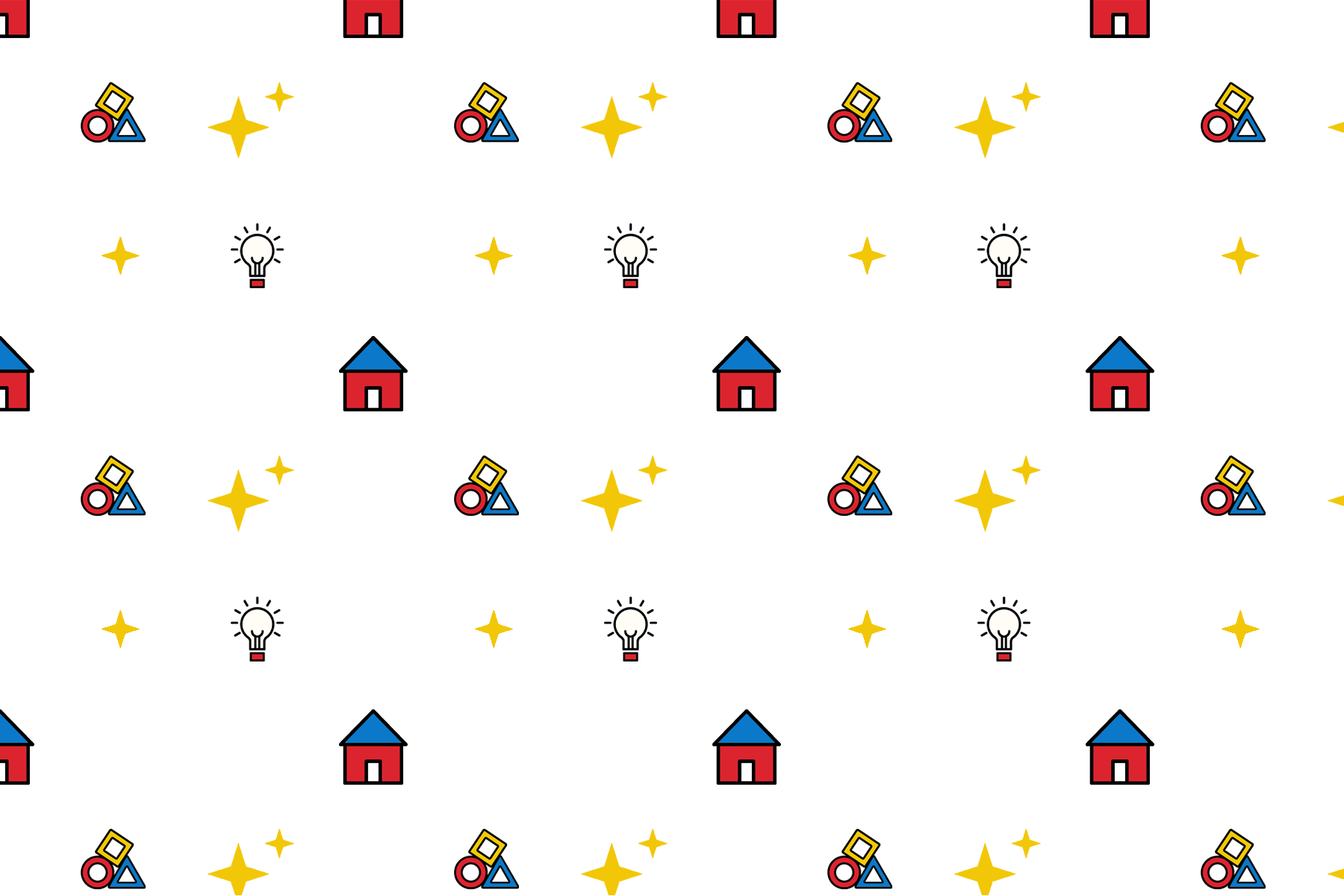
A Note on Year 2
When you start the second year of Playing Preschool, the skills pick up right where you and your child left off. Like in Year 1, the skills continue to grow and increase in complexity as your child develops.
You should not begin Year 2 until and unless you have completed Year 1.
Playing Preschool Year 2 is built on knowledge learned in Year 1, and these aren’t easy concepts like memorizing letter names or counting to 10. These are concepts including how to sequence events, classify data, use a ten-frame, measure with non-standard instruments, and predict events in a story.
“My child knows the alphabet. Is this program right for them?”
In Playing Preschool Years 1 & 2, we move beyond memorization.
We want kids to understand letters as a building block and tool for reading, to see letters in the world around them, and to form a knowledge base for when they are ready to read. We want our kids to truly know and understand letters. There is a large emphasis in both Year 1 and Year 2 on building phonemic awareness, the ability to hear, manipulate, and identify sounds, which is a critical skill that directly impacts a child’s future reading success.
Alphabet knowledge continues to grow and develop in children throughout early elementary school. The process of “learning letters” cannot stop in preschool.
“What about numbers? My kid knows how to count!”
There’s more to numbers than counting, and number sense skills develop throughout a child’s life (high school algebra is still number sense!).
Numeracy is about understanding value, joining numbers together, comparing numbers, and recognizing numbers in various arrangements. We dig deep with numbers in Playing Preschool. Throughout the program, children will use numbers, create with them, explore their purpose, and expand their understanding of how numbers interact in our world.
This is more than how high a child can count because math is more than just numbers: Playing Preschool lessons focus on measurement, capacity, graphing, and geometry as well.

A Reminder About the Learning Process
Repetition and practice are a good thing.
LeBron James still goes to practice each day and takes simple shots, despite being the best player in the NBA.
Another way to think about learning? When kids learn to ride a two-wheeled bike, we don’t put the bike away and say, “Good job mastering that skill, now let’s learn something else!” Can you even imagine? That’s what learning the alphabet and numbers is like in these early years. We must keep practicing and building upon these skills.
The Sequence of Playing Preschool
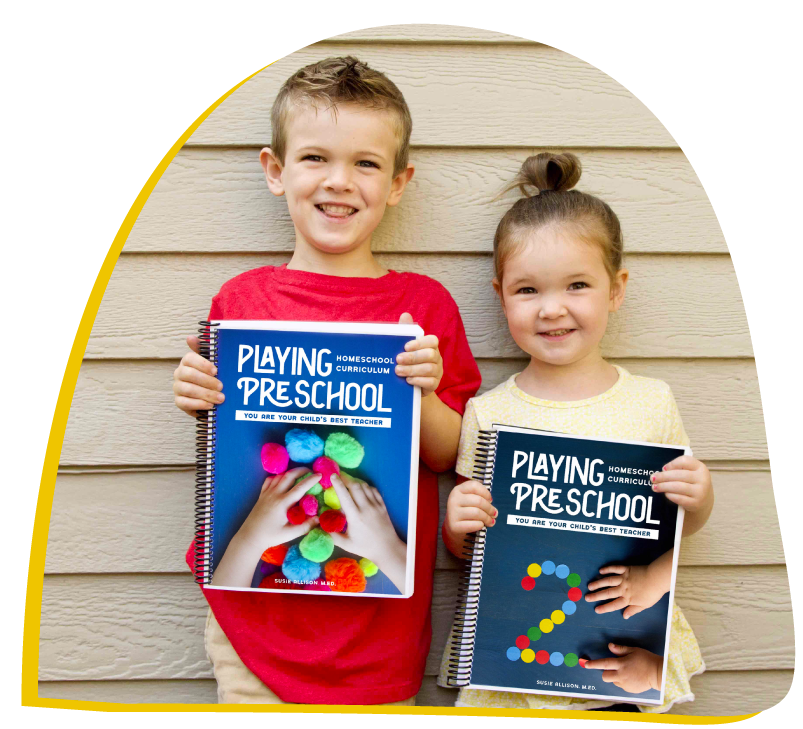
The units in Playing Preschool are sequenced, with each building in complexity as the program unfolds. These aren’t random activities set at a random point in time.
Playing Preschool follows a clear line of progression:
Skills build and grow, just as your child’s knowledge level builds and grows.
This is a unique feature of Playing Preschool not found in other homeschool preschool options. The lessons grow with your child.
For example, in Year 1, Unit 1, math activities focus on numbers 1-5. By Unit 19, activities focus on numbers 1-12 and how to join groups of objects together. This is all part of the thoughtfully designed scope and sequence of Playing Preschool. Unit 19 activities are a lot more challenging than Unit 1 activities – and they should be.
Playing Preschool is a secular homeschool curriculum
Playing Preschool is “evergreen” and does not follow a calendar, season, religion, or hemisphere. This is a secular homeschool preschool program that you can begin whenever your child is ready – whether that is in the fall, after the new year, or even in the middle of April.
Many families start Playing Preschool at the beginning of a traditional school year.
Many families begin in January after the new year.
Many families wait until spring for kindergarten readiness.
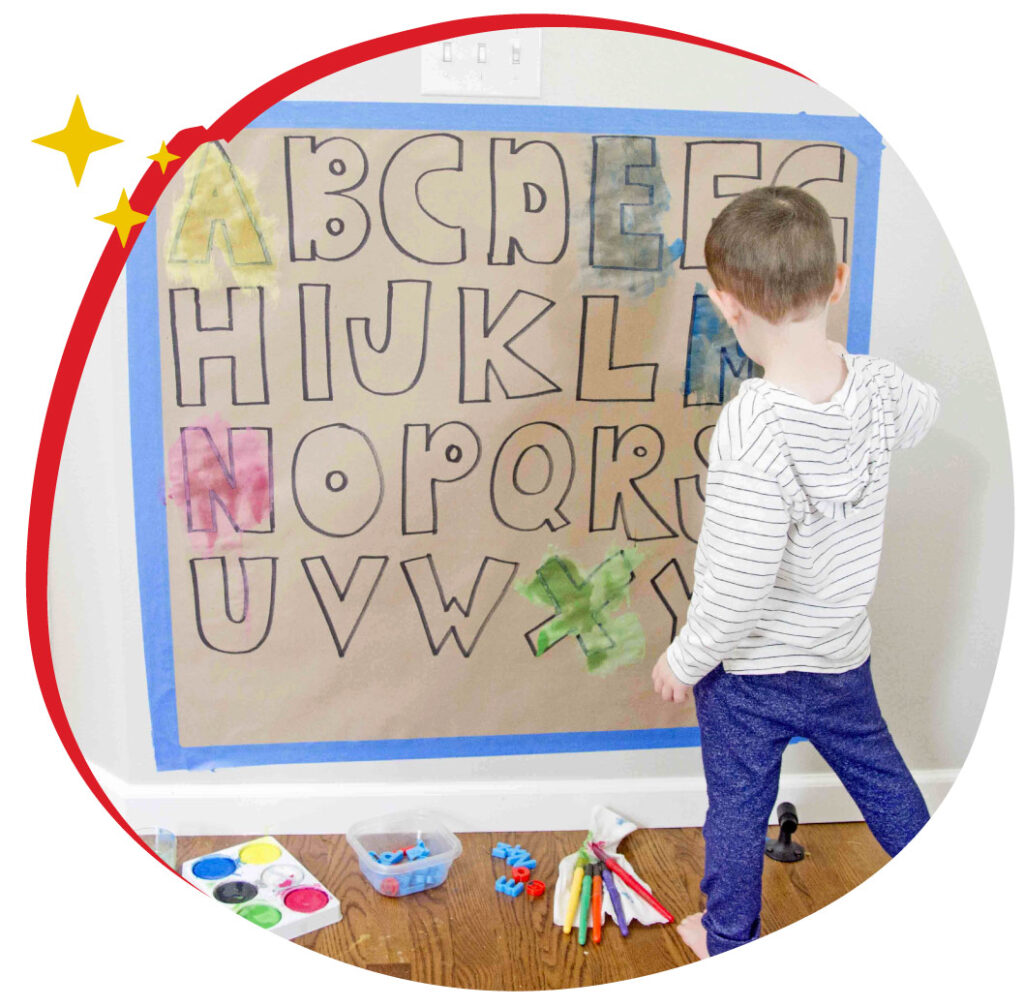
Playing Preschool is Not Just for Homeschool Families
Playing Preschool is uniquely created to support both homeschooling families and traditional schooling families.
As a former kindergarten and first-grade teacher, I packed Playing Preschool full of the skills and learning I know will support children as they enter the school system. I considered my former students and thought critically about how to build a foundation of knowledge to help kids be successful in kindergarten and beyond.
I designed Playing Preschool as a stepping stone both for children entering a traditional schooling program for kindergarten and for those moving to a homeschool model. Playing Preschool supports all.

This is a Doable Homeschool Preschool Program
Playing Preschool is not overwhelming.
When you pare it down, you will be reading a picture book and engaging in a few activities each day with your child. The important piece to remember is that these activities aren’t random. They’re presented in a thoughtful, sequenced design within dynamic, thematic units.
And just think: you’ll know what you’re doing each day for the next nine months, and another nine months after that with Year 2. That’s two full school years’ worth of learning, routine, and fun at your fingertips.


